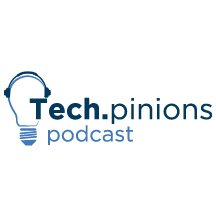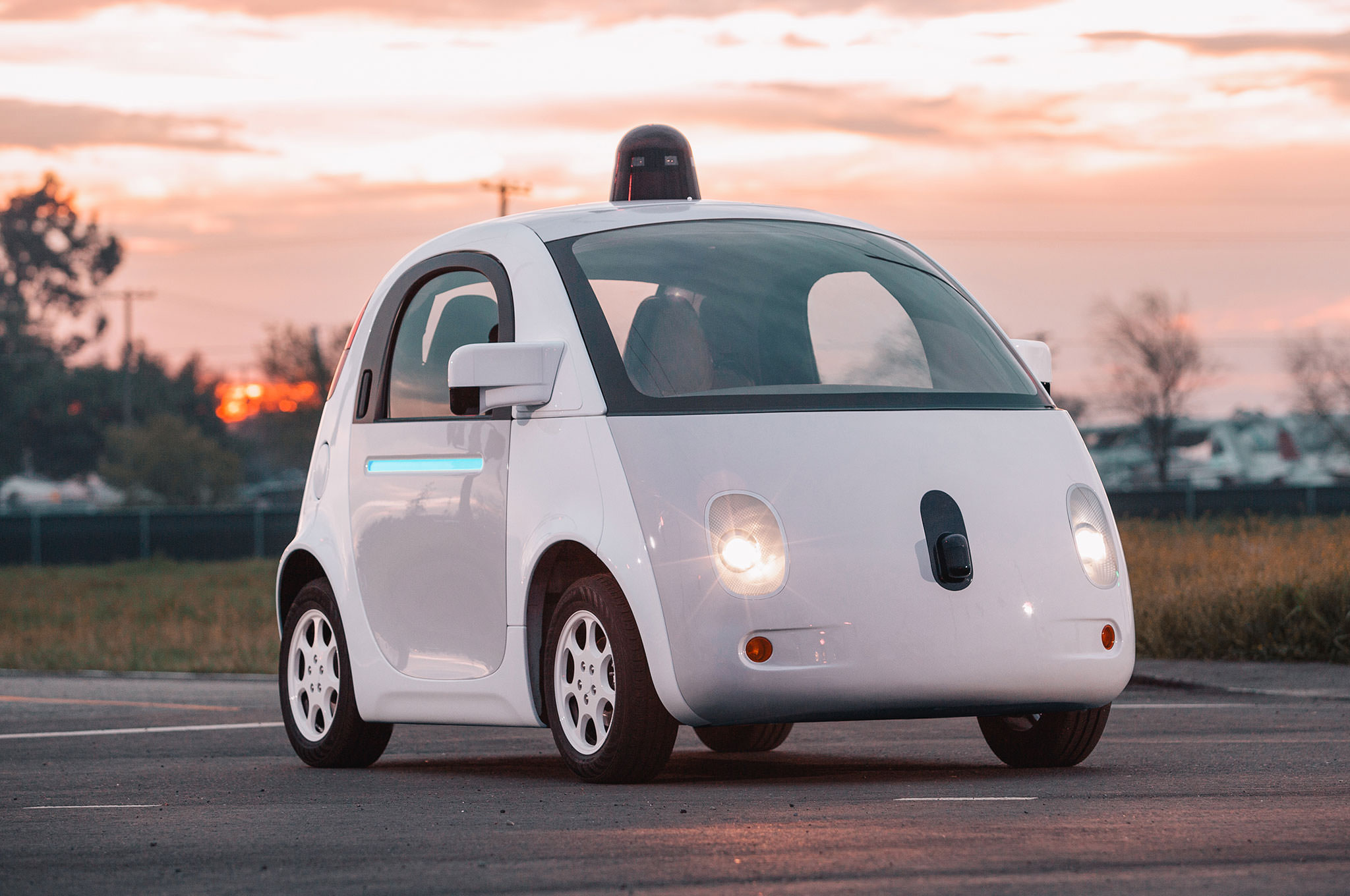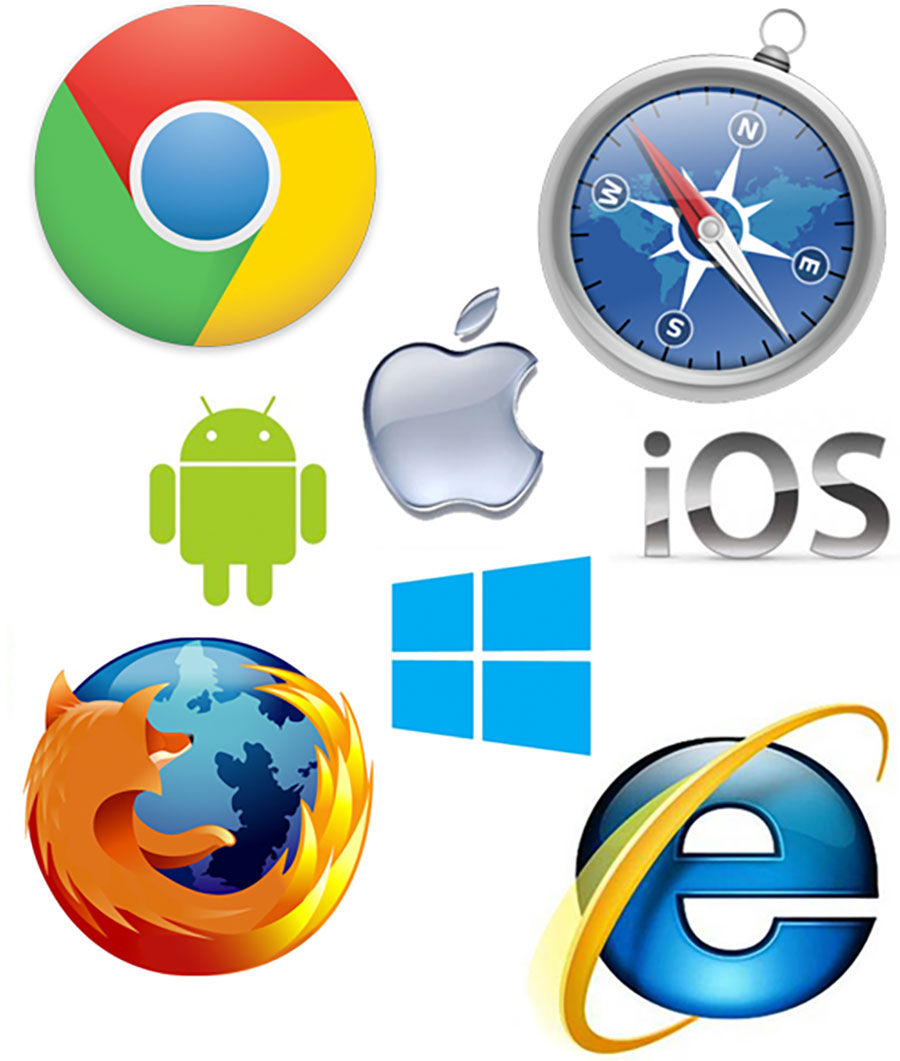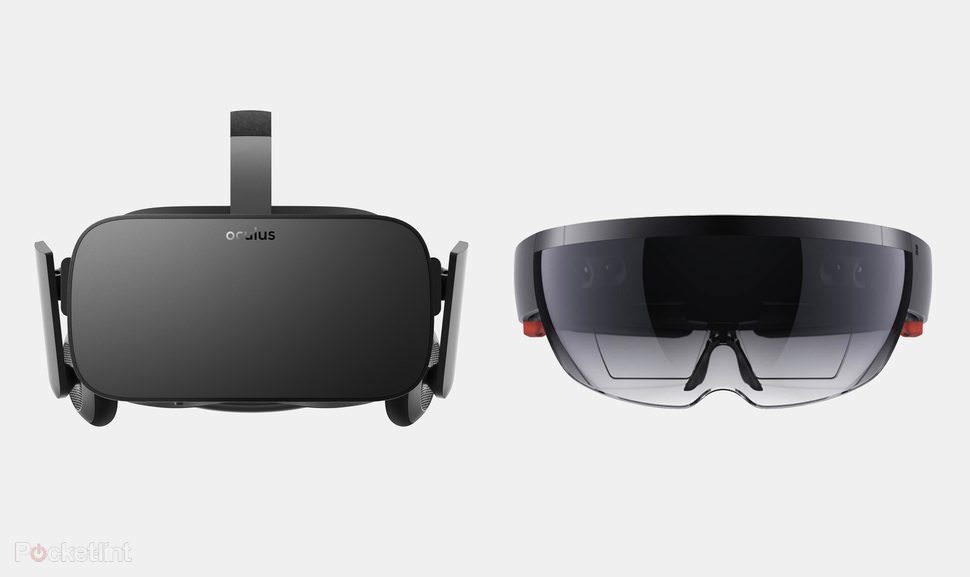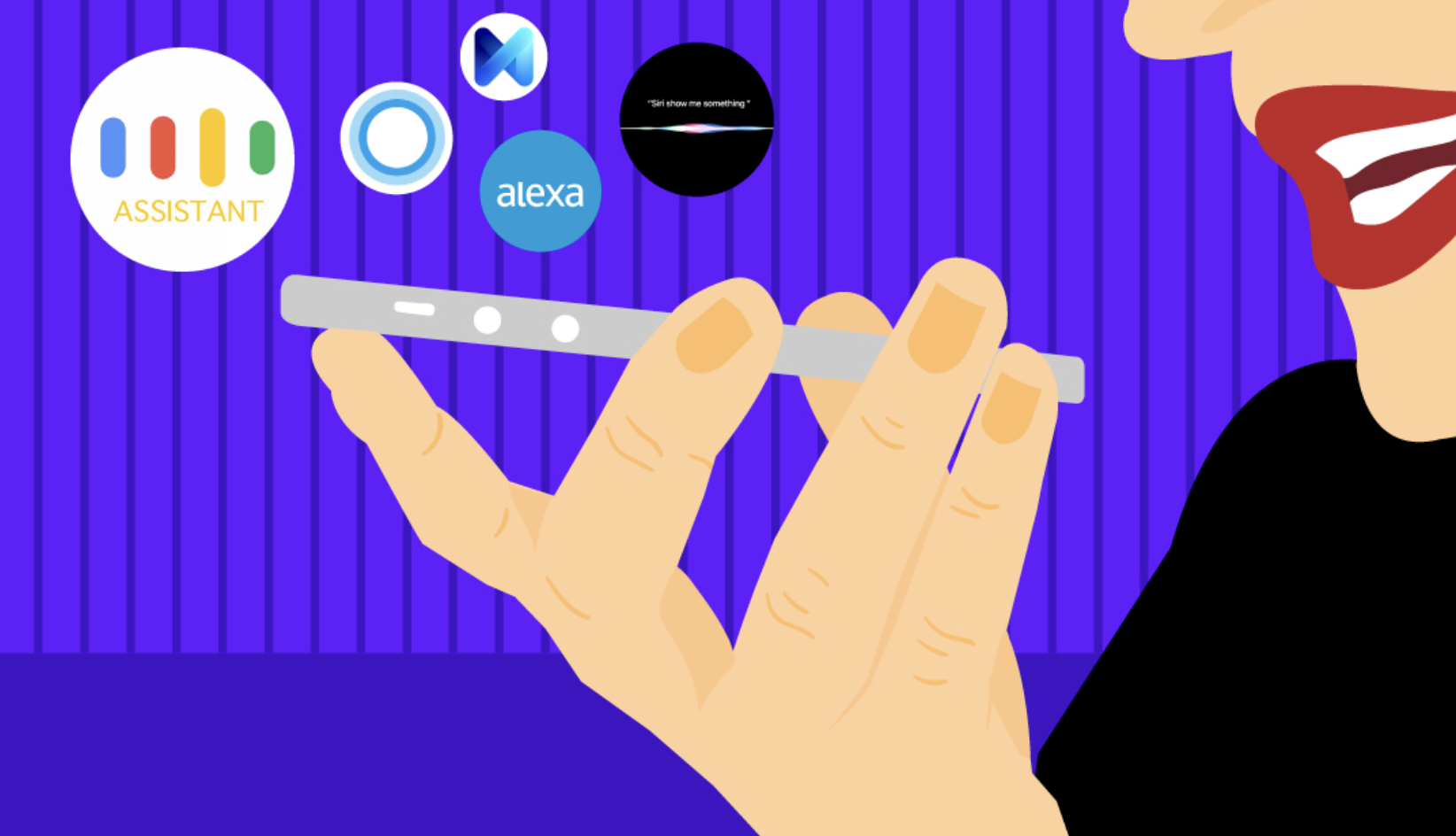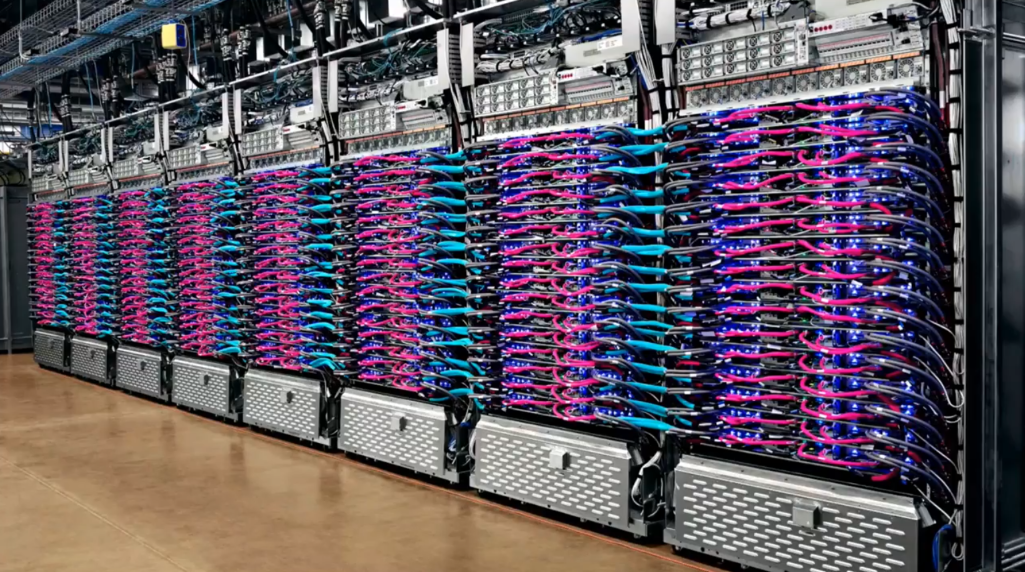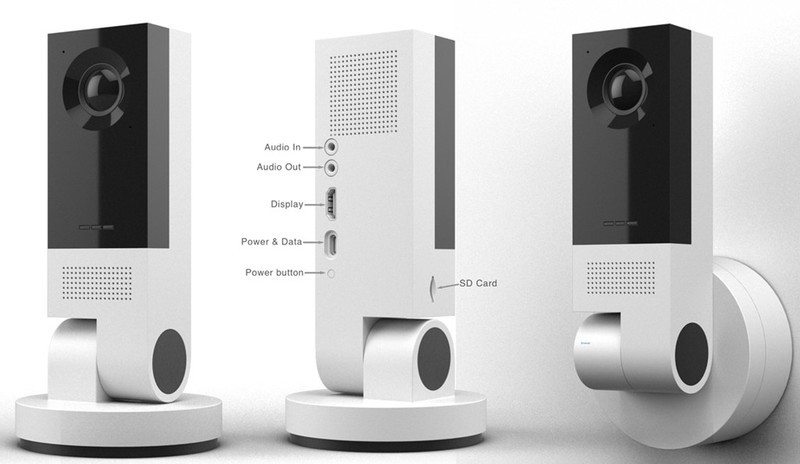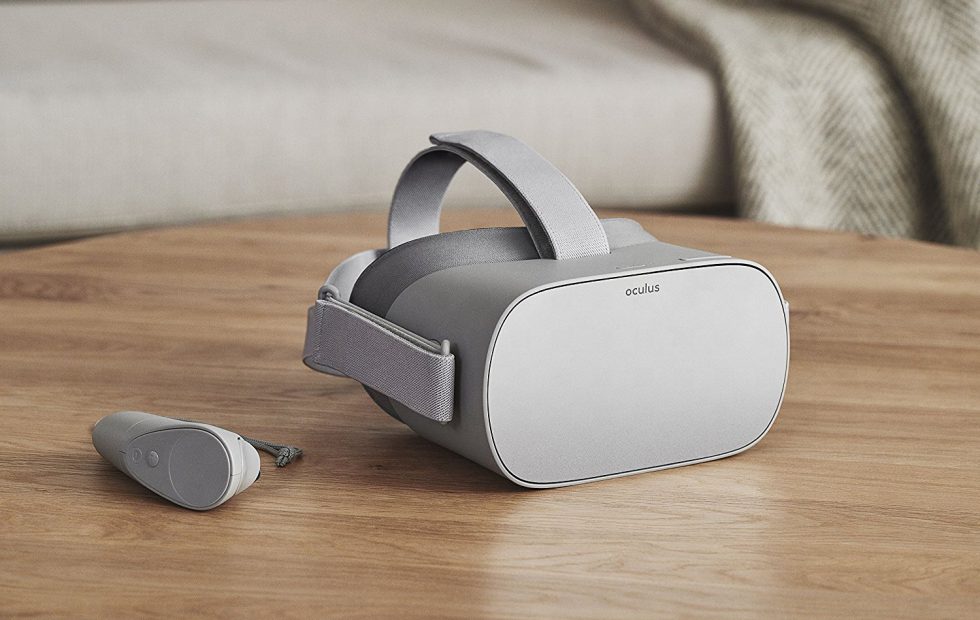This last weekend the granddaddy of Maker Faire’s was held at the San Mateo Event Center and close to 100,000 people went to this Faire to check out all types of maker projects. When Dale Dougherty, the founder of Make Magazine started his publication, the focus was really on STEM and tech-based ideas.
In the early days of the Magazine, you would find all types of projects for making your own PC’s, Robots, 3D printed designs, etc. It reminded me a bit of my childhood where we had erector sets, tinker toys, and Lincoln Logs, etc. that were educational and in its own way was trying to get kids interested in making things in hopes it would help guide them to future careers.
Over time, the Maker Movement has evolved well beyond just STEM projects and now includes just about any do-it-yourself maker project you could think of doing yourself. At the Faire this year I saw quilting demos, a bee-keeping booth, an area teaching you how to ferment foods, alongside stalls that had laser cutters, 3D printers, Wood lathes, robotic kits and a lot of other STEAM based items and ideas.
Going to a Maker Faire is fun and fascinating in many ways, but to me, the thing I love most is watching the excited faces of the boys and girls who attend this event. Seeing them going from booth to booth trying to get ideas of their own that could help them create their maker projects is rewarding in itself.
The Maker Movement comes at one of the most critical times in our history. When I was in Jr High and High School in the 1960’s, the world we were being prepared for had little to do with tech. My elective options were auto shop, drafting and metal shop and I even took a home economics class. These courses were designed to prepare us for blue collar jobs. Of course, these types of jobs still exist today but in the information age, the majority of jobs now and in the future are more and more will be focused on skills related to math, engineering, and s
science.
he Maker Movement and especially the Maker Faires that are now all over the world serve as an essential catalyst with a goal to help kids get interested in STEM and STEAM. They are designed to instill in them a real interest in pursuing careers in technology and the sciences as well as introduce them to the idea that anyone can be a “maker.”
At this year’s event in the Bay Area, the Maker Faire held a college and career day on Friday Morning before the Faire itself opened that afternoon. I had the privilege of moderating a panel about career journeys with five panelists telling their stories about how they got to where they are in their careers today.
This was the Maker Faire’s first college and career day, and it was very successful. The various speakers Mr. Dougherty brought in to talk to hundreds of students shared all types of stories about what got them into STEM-related jobs and shared valuable career-related advice to those who attended this special career day.
Of the many speakers at the career day event, two stood out to me. The first was Sarah Boisvert, the founder of the Fab Lab Hub. Ms. Boisvert shared that when President Trump asked IBM CEO Ginni Rometty about her thoughts on the future jobs in America. She told him that “we do not need more coal workers, what we need are “New Collar Workers” referring to the current and future demand for a technically skilled labor force to meet the needs of America’s job market. Ms. Boisvert has written a book entitled “The New Collar Workforce: An Insider’s Guide to Making Impactful Changes to Manufacturing and Training.”
An overview of the book states:
The “new collar” workers that manufacturers seek have the digital skills needed to “run automation and software, design in CAD, program sensors, maintain robots, repair 3D printers, and collect and analyze data,” according to the author. Educational systems must evolve to supply Industry 4.0 with new collar workers, and this book leads the reader to innovative programs that are recreating training programs for a new age in manufacturing.
The author’s call to action is clear: “We live in a time of extraordinary opportunity to look to the future and fundamentally change manufacturing jobs but also to show people the value in new collar jobs and to create nontraditional pathways to engaging, fulfilling careers in the digital factory. If the industry is to invigorate and revitalize manufacturing, it must start with the new collar workers who essentially make digital fabrication for Industry 4.0 possible.”
This book is for anyone who hires, trains or manages a manufacturing workforce; educates or parents students who are searching for a career path, or is exploring a career change.”
Ms. Boisvert told the students in the audience that when she hires people, the first thing she looks for is if they have solid problem-solving skills. She sees that as being a fundamental part of “New Collar” jobs.
The other speaker that stood out to me was on my panel. Janelle Wellons is a young African American woman who initially wanted to be a theoretical mathematician. Her is her bio:
Janelle Wellons graduated from the Massachusetts Institute of Technology with a B.S. in Aerospace Engineering in 2016. After graduating, she moved from her home in New Jersey to Southern California to work at the NASA Jet Propulsion Laboratory (JPL) in Pasadena. At JPL, Janelle works as an instrument operations engineer on the Lunar Reconnaissance Orbiter, the Earth-observing Multi-Angle Imager for Aerosols, and previously on the Saturnian Cassini mission. Her job consists of creating the commands for and monitoring the health and safety of a variety of instruments ranging from visible and infrared cameras to a radiometer. She also serves on an advisory board for Magnitude.io, a nonprofit that creates project-based learning experiences designed for STEM education. When she isn’t working, you can find her playing video games, reading, enjoying the outdoors, and working on cool projects out in the Mojave.
As a young African American woman, she is an inspiration to kids of all ages and ethnical backgrounds, and she reminded me of the woman in Hidden Figures, Katherine Johnson, who also worked for NASA and was instrumental in working on John Glenn’s Earth Orbit in 1962.
As she spoke, I was watching the kids in the audience, and they were spellbound listening to her tell them that anyone can achieve their goals if they put their minds to it.
The Maker Movement and Maker Faires are critical to our future. Our world is changing rapidly. Job skills of the past need to be updated to meet the changing needs of a world driven by information and analytics and manufacturing jobs that will require new skills to operate. If you get a chance to go to a Maker Faire in your area, I highly recommend you check one out. You won’t be disappointed and like, me, will learn a lot and perhaps be inspired to become a maker yourself.

